A Rare Glimpse into Hawaii’s Living Sanctuary: Why Hanalei National Wildlife Refuge Matters
Imagine standing above a lush green valley flanked by misty, waterfall-streaked mountain walls, knowing you are witness to one of Hawaii’s most vital sanctuaries for native wildlife. The Hanalei National Wildlife Refuge, established in 1972, is as much an oasis for endangered birds as it is a living testament to centuries-old Hawaiian agricultural practices and natural harmony. Yet, the valley’s wild heart is not freely open to human exploration. In a world craving connection to untamed nature, Hanalei’s protective closure piques curiosity—and underlines how fragile paradise can be.
Why close access to such extraordinary beauty? The answer lies in the unique, critical role Hanalei plays for species standing on the brink of disappearance. From the valley floor's intricate wetland ecosystem to the traditional kalo (taro) fields, Hanalei National Wildlife Refuge sustains and shields rare Hawaiian birds, many found nowhere else on Earth. The refuge’s core mission immerses visitors, even from afar, in an ongoing drama—a daily balance between ecological preservation, cultural heritage, and the looming threats from disease and habitat change. To fully understand what’s at stake, and why intelligent stewardship is essential, reading on offers not just scenic wonders, but a lesson in protecting irreplaceable life.
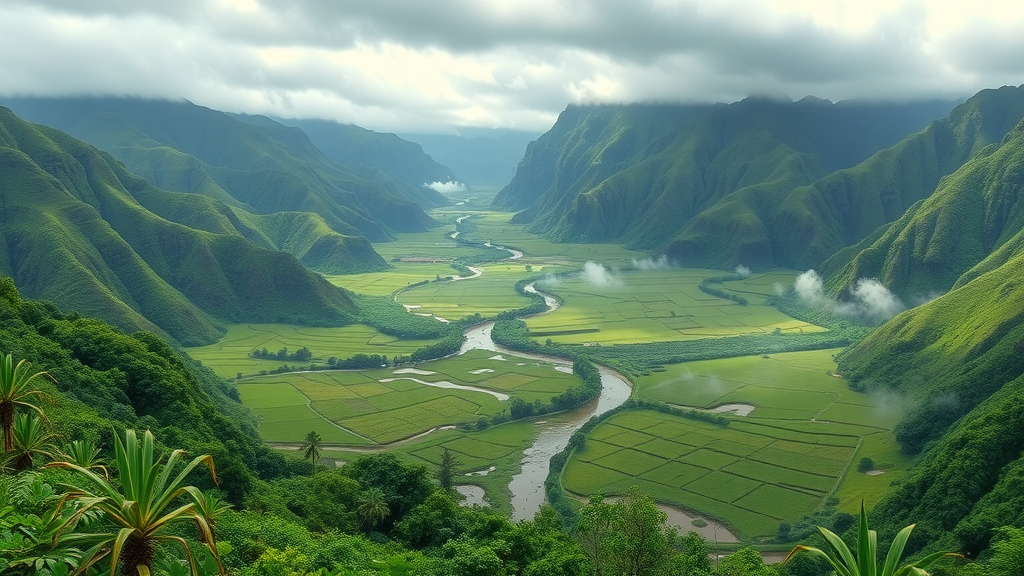
Hanalei National Wildlife Refuge: The Nexus of Endangered Species and Island Heritage
What does it mean for an entire valley to be the last safe haven for creatures on the edge of extinction? For the Hanalei National Wildlife Refuge, the answer is science, stewardship, and a fierce commitment to biodiversity. Encompassing 917 acres on the north shore of Kaua‘i, this refuge was created under the Endangered Species Act with a precise mission: protect critically imperiled Hawaiian waterbirds including the koloa maoli (Hawaiian duck), ‘alae ke‘oke‘o (Hawaiian coot), ‘alae ‘ula (Hawaiian moorhen), ae‘o (Hawaiian stilt), and the celebrated nēnē (Hawaiian goose). Each species’ survival—and the fragile wetland web supporting them—is a powerful reminder of how closely life and land are intertwined in Hawaii.
Yet preservation at Hanalei goes far beyond fenced boundaries and research. This sanctuary honors centuries-old practices, where traditional kalo farming sustains not only people, but also creates vital feeding and nesting grounds for birds. The refuge is a tapestry where riverine, agricultural, and wetland ecosystems converge in rare balance—demonstrating that conservation doesn’t always mean leaving nature untouched, but sometimes maintaining traditions that benefit both wildlife and cultural heritage. Visitors might not traverse the wetlands directly, but thoughtful observation from the dedicated viewpoint invokes respect for what stands to be lost if these habitats disappear: unique species, beloved landscapes, and the history of a people.
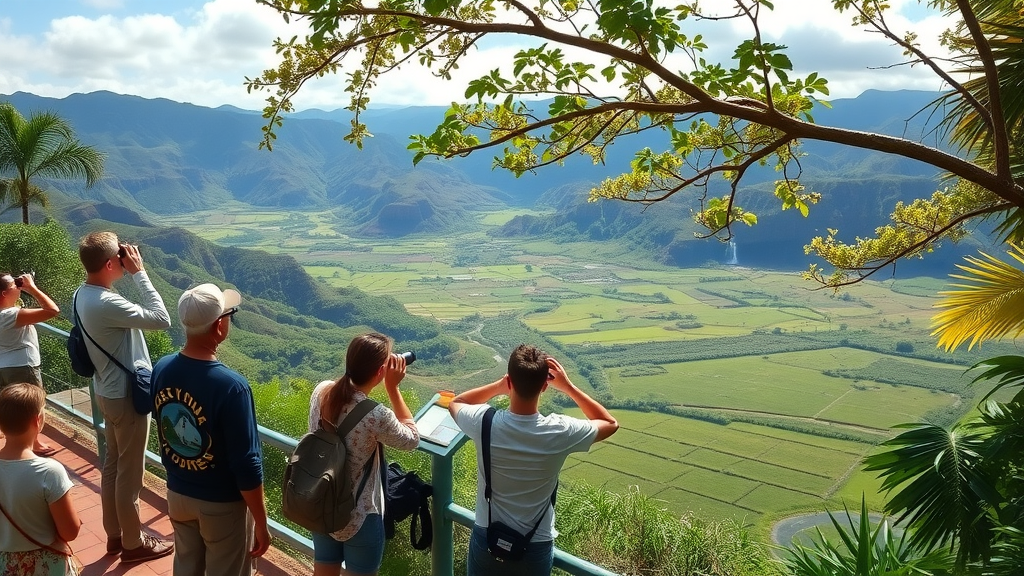
Why Protecting Hanalei National Wildlife Refuge Benefits Hawaii—and Beyond
Hanalei National Wildlife Refuge stands as an expert model of how the stewardship of land can yield measurable benefits for both wildlife and people. By curbing human intrusion into the wetlands themselves—while still allowing public appreciation from a close observation point—the refuge manages a delicate balance between access and preservation. Notably, its efforts extend to hands-on innovation: from field biologists restoring bird habitat to conservation dogs trained to sniff out and prevent deadly avian botulism outbreaks, every initiative shows the value of proactive, science-driven protection. The impacts ripple outward."
The rewards of this commitment are clear: continued survival of unique Hawaiian birds, a lush riverine ecosystem supporting over 500 native plants, and the perpetuation of indigenous agricultural knowledge. For the broader community, Hanalei’s protected landscapes offer not only stunning views, but also serve as living classrooms for environmental education and cultural understanding. The viewpoint’s interpretive signage guides visitors to appreciate the complexity and interdependence of the valley’s natural systems. In a time when biodiversity loss feels abstract, the refuge’s results—thousands of birds sheltered, critical habitat restored—make conservation tangible and urgent.
From Waterfalls to Wildlife: How the Hanalei Valley Viewpoint Inspires and Educates
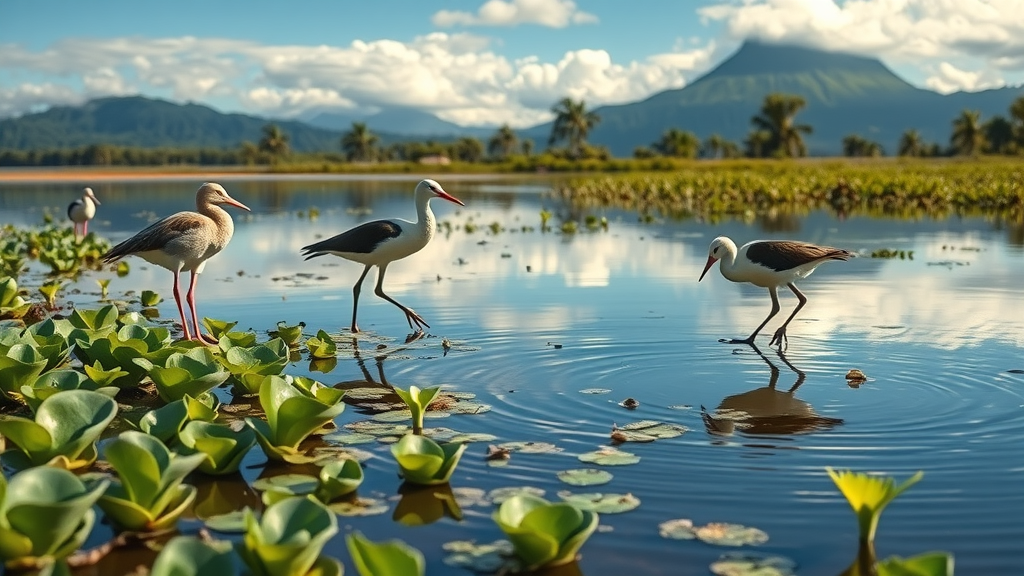
Hanalei National Wildlife Refuge takes a unique approach to public interaction—one that protects without isolating. Critical habitat closure means direct access is off-limits, but the newly established overlook near Princeville on the Kūhiō Highway turns the valley into an open-air museum. From this panoramic viewpoint, open to the public Tuesday through Saturday (9 a.m. to 3 p.m.), visitors can scan for native waterfowl, survey fields dotted with kalo patches, and absorb interpretive displays connecting the modern landscape to its historic and ecological importance.
This educational access transforms a “hidden” sanctuary into a place of wonder and learning. Carefully placed signage, stories of the valley's role in species recovery, and celebration of Native Hawaiian Plant Month foster respect and curiosity. By blending passive wildlife observation with clear messages about endangered species, the viewpoint makes every onlooker a participant in stewardship—and every photo an act of advocacy. It’s an approach that underscores how even protected places can shape broad public understanding and support for conservation.
The Intersection of Conservation, Culture, and Science in Hanalei Valley
The Hanalei National Wildlife Refuge is more than a wildlife sanctuary—it's a living demonstration of how science and traditional knowledge can work hand-in-hand. The refuge’s management ties together the needs of species and people: restoring wetland habitat alongside sustaining native agricultural methods, such as kalo farming that echoes centuries of Hawaiian stewardship. This balance sustains biodiversity and reinforces the historical connection between community and land.
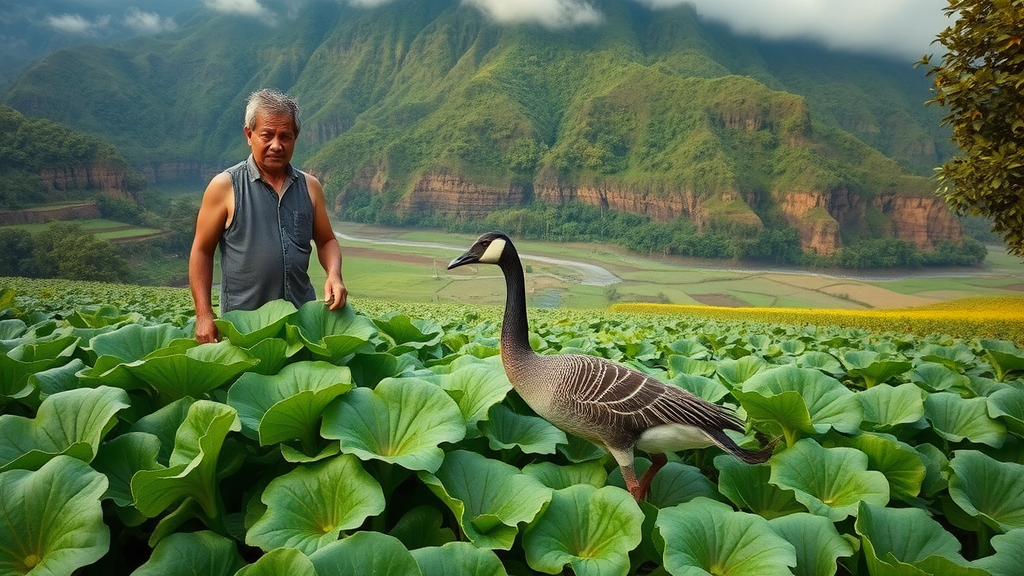
Integral to refuge operations are science-driven programs, like managing water levels for bird habitat and deploying conservation dogs to prevent disease. Partnerships with local farmers and environmental organizations further integrate conservation with community well-being. Together, these efforts model a vision of ecological resilience—one where science and cultural tradition protect the valley’s rich legacy for generations to come.
Innovation in Wildlife Protection: Hanalei’s Battle Against Avian Botulism
Wildlife sanctuaries face modern dilemmas, and Hanalei’s fight against avian botulism is a case in point. This disease, caused by a naturally occurring bacterium, has killed over 1,300 waterbirds at Hanalei National Wildlife Refuge since 2011, threatening already endangered populations. Recognizing the urgency, refuge staff introduced a novel partner: conservation dogs trained to detect sick or deceased birds before outbreaks escalate.
These skilled canine units—working alongside trainers from Conservation Dogs of Hawaii—represent a cutting-edge biological defense, blending traditional field work with innovative science. By adapting rapidly to changing threats, Hanalei continues to set the standard for wildlife management that is both compassionate and effective, modeling responses that could inform sanctuaries across the globe.
Hanalei National Wildlife Refuge’s Guiding Philosophy: Stewardship Rooted in Heritage and Science
At the core of Hanalei National Wildlife Refuge is a philosophy that sees the land, its culture, and its native species as parts of a singular tapestry. Management decisions are not just about enforcement or ecological preservation; they reflect a deeper respect for the historical relationship between the Hawaiian people and the land. Protecting and enhancing habitats for the koloa maoli, nēnē, and other waterbirds goes hand-in-hand with supporting kalo farming—a practice rich with both ecological and cultural meaning.
This approach is fundamentally collaborative: refuge managers liaise with local agriculture, employ community science, and educate through interpretive programs at the public viewpoint. Environmental education and interpretation are not afterthoughts, but at the heart of the refuge’s mission—ensuring every visitor, researcher, and resident understands how vital and fragile Hawaii’s natural heritage is. It’s a perspective that sets Hanalei apart as a leader in the thoughtful fusion of conservation, tradition, and public engagement.
By prioritizing high-quality nesting and feeding habitats, protecting native plant communities, and integrating advanced research methods, the refuge is shaping the future of conservation in Hawaii. The level of attention given to every detail—from safe wildlife crossings on Ohiki Road to the use of detector dogs—reflects a relentless commitment to ensuring that this valley remains a sanctuary for all who depend on it.
Real Visitors on the Transformative Power of Hanalei’s Trails and Views
Visitors who experience even the edges of Hanalei National Wildlife Refuge often leave deeply moved by the valley’s natural splendor and the challenges it faces. Their stories serve as a living testament to why access—where and when it is allowed—matters so much. For many, the journey to the viewpoints and hiking trails leaves an indelible mark, fostering a lasting appreciation for both the demands of conservation and the joys of discovery.
This hike was amazing! We only got to the second look out point due to the time of day. I recommend good hiking shoes the trail got really muddy at points. Took us about 2hrs to get to the second point. The trail is shaded most of the way so there was a great breeze. Coming down can be challenging once you hit the muddy spots. I would absolutely do this hike again I would like to go further next time.
Those who take the time to immerse themselves—whether through a hike, a stop at the overlook, or environmental education programs—find their connection to Hanalei deepening with every visit. The valley imparts a sense of awe and stewardship; for many, including those who traverse the challenging yet rewarding access points, the refuge transforms curiosity into a life-long respect for Hawaii’s exceptional natural world.
Hanalei National Wildlife Refuge: A Model for the Next Generation of Conservation
The story of Hanalei National Wildlife Refuge is not just about a hidden treasure on Kaua‘i. It’s a blueprint for how thoughtful restrictions, education, and vibrant cultural traditions can sustain irreplaceable species and landscapes. Through a careful blend of closed sanctuary and select public visibility, the refuge demonstrates how safeguarding biodiversity requires both scientific rigor and public partnership. Hanalei’s management practices—backed by decades of ecological and cultural stewardship—position it as an authority in conservation, ensuring the well-being of endangered species and the cultural legacy of Hawaii continue side by side. In the context of today’s accelerating environmental changes, this valley’s lessons are more valuable than ever.
By drawing inspiration from Hanalei’s holistic approach to wildlife protection and community engagement, sanctuaries worldwide can rethink what it truly means to protect natural heritage for current and future generations. The Hanalei National Wildlife Refuge stands as a beacon, proving that the intersection of science, tradition, and public stewardship is key to navigating the challenges and possibilities ahead.
Contact the Experts at Hanalei National Wildlife Refuge
If you’d like to learn more about how Hanalei National Wildlife Refuge could benefit your environmental understanding or educational journey, contact the team at Hanalei National Wildlife Refuge.
📍 Address: Kapaʻa, HI 96746, USA
📞 Phone: +1 808-828-1413
🌐 Website: http://www.fws.gov/refuge/hanalei/
Hanalei National Wildlife Refuge Location and Hours
🕒 Hours of Operation: The Hanalei National Wildlife Refuge Valley itself is closed to the public for the protection of endangered species. However, the public viewpoint above Hanalei Valley is open Tuesday through Saturday from 9 a.m. to 3 p.m.
For more detailed information, visit the official website or call the refuge directly.
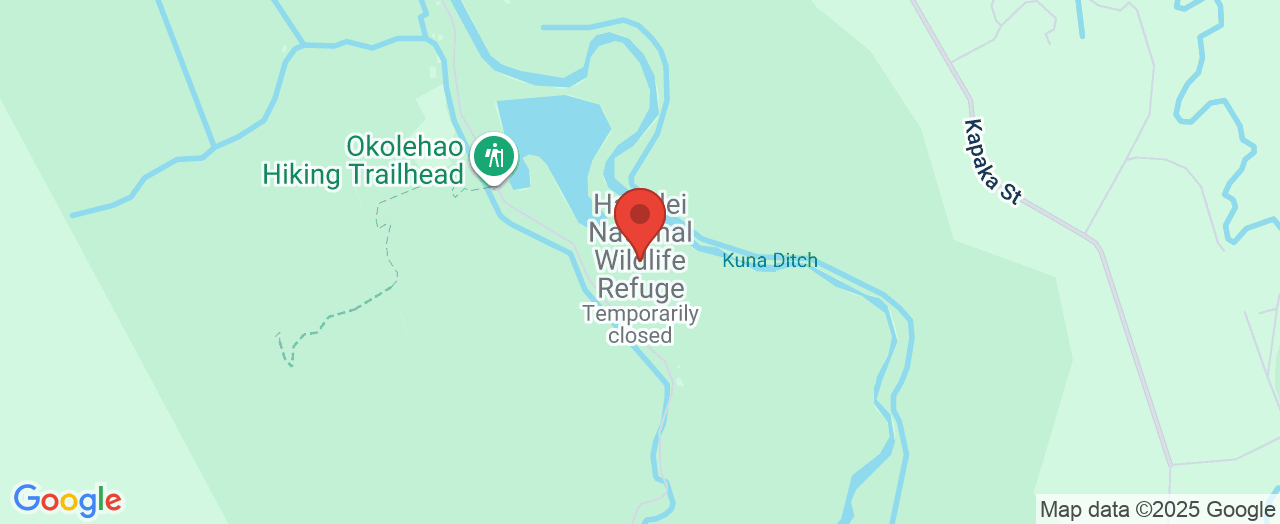
 Add Row
Add Row  Add
Add 





Write A Comment